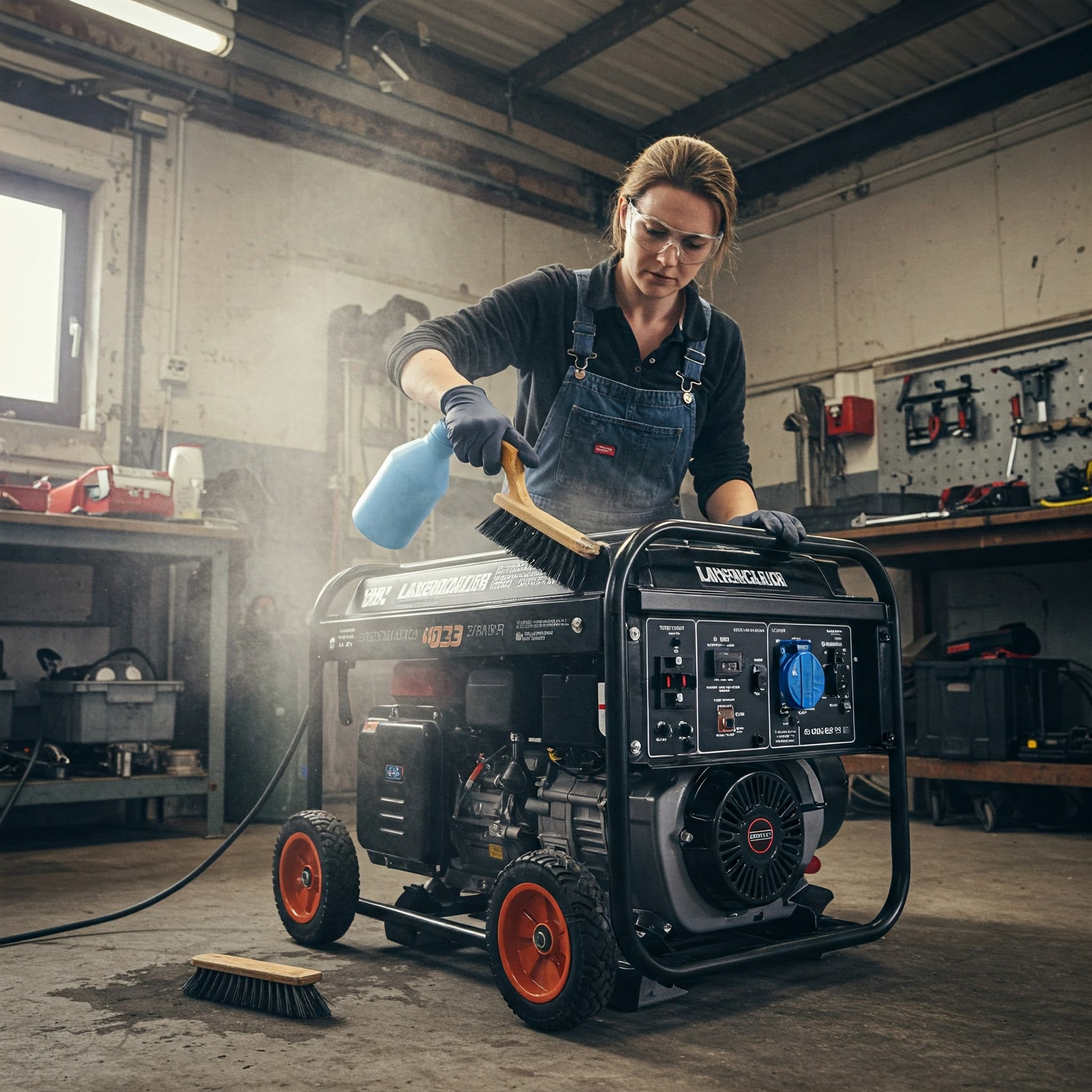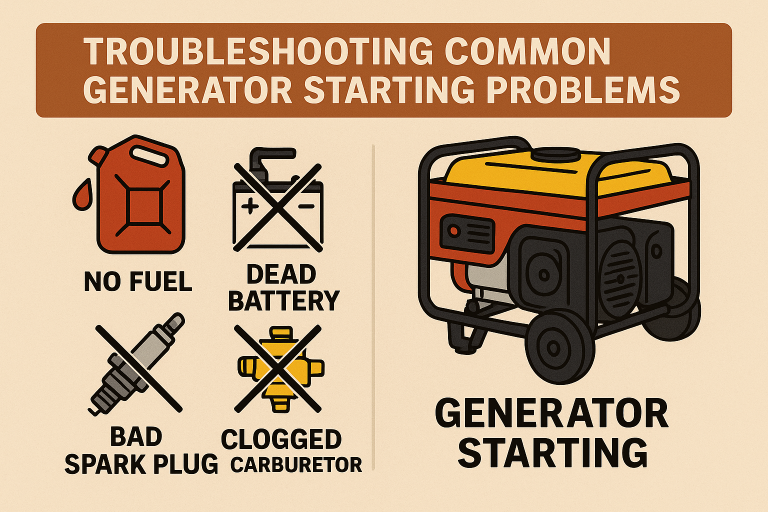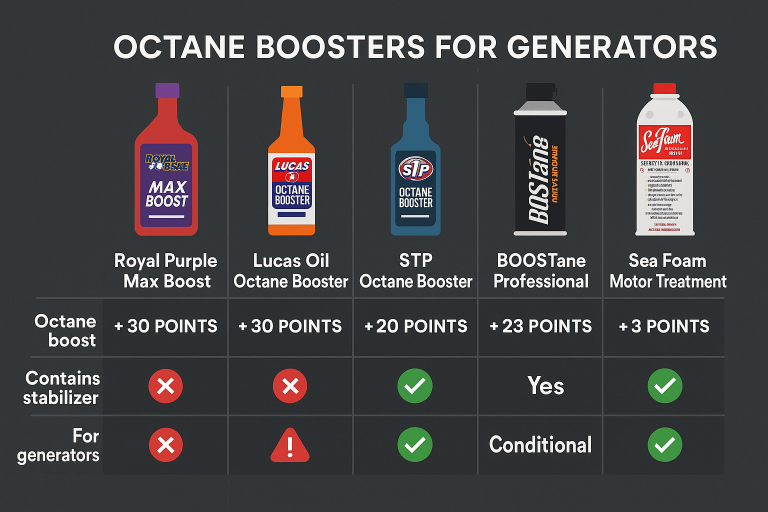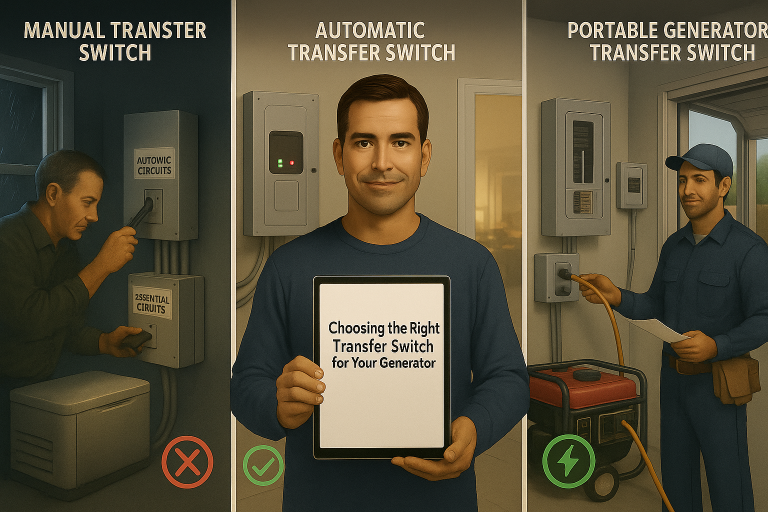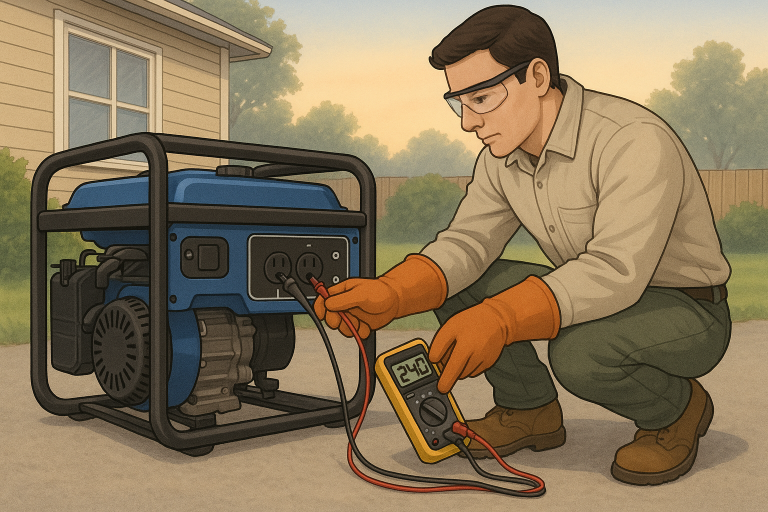How to Properly Clean Your Portable Generator: A Comprehensive Guide
Portable generators are invaluable tools for providing power during outages, outdoor events, or remote work.
However, regular cleaning is essential to maintain their performance, extend their lifespan, and ensure safe operation. Dust, dirt, and debris can accumulate over time, leading to overheating, clogged components, and even malfunctions.
In this guide, we’ll walk you through the step-by-step process of properly cleaning your portable generator, along with tips for maintenance and safety.
Why Cleaning Your Portable Generator is Important
Regular cleaning of your portable generator offers several benefits:
- Improved Performance: Clean components operate more efficiently.
- Extended Lifespan: Prevents wear and tear caused by dirt buildup.
- Safety: Reduces the risk of overheating, fires, and electrical hazards.
- Cost Savings: Avoids costly repairs by maintaining the generator in good condition.
- Reliability: Ensures your generator is ready to perform when you need it most.
Tools and Supplies You’ll Need
Before you begin, gather the following tools and supplies:
- Soft-bristle brush or compressed air
- Microfiber cloths
- Mild detergent or generator-specific cleaner
- Water (for cleaning, not rinsing internal components)
- Lubricating oil (if needed)
- Screwdrivers or tools for removing panels (if required)
- Protective gloves and safety goggles
- Vacuum cleaner with a brush attachment
- Fuel stabilizer (for long-term storage)
Step-by-Step Guide to Cleaning Your Portable Generator
1. Safety First
- Turn off the generator and let it cool completely.
- Disconnect the spark plug wire to prevent accidental starting.
- Work in a well-ventilated area to avoid inhaling fumes or dust.
- Wear protective gloves and safety goggles.
2. Exterior Cleaning
- Use a soft-bristle brush or compressed air to remove loose dirt and debris from the exterior.
- Wipe down the surface with a microfiber cloth dampened with mild detergent and water.
- Avoid spraying water directly on the generator, as it can damage electrical components.
- Dry the exterior thoroughly with a clean cloth.
3. Air Filter Maintenance
- Locate the air filter (refer to your generator’s manual if unsure).
- Remove the air filter and tap it gently to dislodge loose dirt.
- Use compressed air to blow out remaining debris from the filter.
- If the filter is heavily soiled, replace it with a new one.
- Reinstall the air filter securely.
4. Cooling System Cleaning
- Check the cooling fins and vents for dirt and debris.
- Use a soft brush or compressed air to clean the fins and vents.
- Ensure the cooling system is free of obstructions to prevent overheating.
5. Fuel System Check
- Inspect the fuel tank and lines for dirt or residue.
- If necessary, drain the fuel and clean the tank with a fuel system cleaner.
- Add fresh fuel and a fuel stabilizer if the generator will be stored for an extended period.
6. Spark Plug Inspection
- Remove the spark plug using a spark plug wrench.
- Inspect the spark plug for dirt, corrosion, or damage.
- Clean the spark plug with a wire brush or replace it if necessary.
- Reinstall the spark plug and reconnect the wire.
7. Battery Care (If Applicable)
- If your generator has a battery, check for corrosion on the terminals.
- Clean the terminals with a mixture of baking soda and water.
- Rinse with clean water and dry thoroughly.
- Apply a thin layer of dielectric grease to prevent future corrosion.
8. Internal Components (Advanced Cleaning)
- For a thorough cleaning, remove the generator’s side panels (if possible).
- Use a vacuum cleaner with a brush attachment to remove dust from internal components.
- Avoid using water or liquid cleaners on electrical parts.
9. Lubrication
- Check moving parts, such as hinges or handles, for signs of wear.
- Apply lubricating oil to ensure smooth operation.
10. Final Inspection
- Reassemble all components and ensure everything is securely in place.
- Double-check for loose connections or missing parts.
- Start the generator to confirm it’s running smoothly.
Tips for Maintaining a Clean Generator
- Regular Cleaning Schedule: Clean your generator after every 50 hours of use or at least once a season.
- Cover When Not in Use: Use a breathable cover to protect the generator from dust and moisture.
- Store Properly: Keep the generator in a clean, dry, and well-ventilated area.
- Inspect Before Use: Check for dirt or debris before starting the generator.
- Follow the Manual: Always refer to the manufacturer’s guidelines for specific cleaning instructions.
Safety Precautions
- Avoid Water Near Electrical Components: Never spray water directly on the generator or its internal parts.
- Disconnect Power Sources: Always turn off the generator and disconnect the spark plug before cleaning.
- Use Proper Tools: Soft brushes and compressed air are safer for cleaning delicate components.
- Work in a Ventilated Area: Prevent the buildup of fumes or dust during cleaning.
Troubleshooting Common Cleaning Issues
Clogged Air Filter
- Symptoms: Reduced performance or difficulty starting.
- Solution: Clean or replace the air filter regularly.
Overheating
- Symptoms: Generator shuts down unexpectedly or feels hot to the touch.
- Solution: Clean the cooling fins and vents to ensure proper airflow.
Corroded Battery Terminals
- Symptoms: Difficulty starting or electrical issues.
- Solution: Clean the terminals and apply dielectric grease.
Environmental Considerations
- Dispose of Waste Properly: Dispose of used oil, filters, and cleaning materials according to local regulations.
- Avoid Spills: Clean up any fuel or oil spills immediately to prevent environmental damage.
- Use Eco-Friendly Cleaners: Opt for biodegradable or generator-specific cleaning products.
Final Thoughts
Properly cleaning your portable generator is a simple yet essential task that ensures its reliability, safety, and longevity. By following this comprehensive guide, you can keep your generator in top condition and avoid costly repairs or replacements. Regular cleaning, combined with routine maintenance, will ensure your generator is always ready to power your needs, whether at home, on a job site, or during outdoor adventures.
Remember to consult your generator’s manual for model-specific instructions and always prioritize safety during the cleaning process. With a little effort and care, your portable generator will continue to serve you reliably for years to come.

